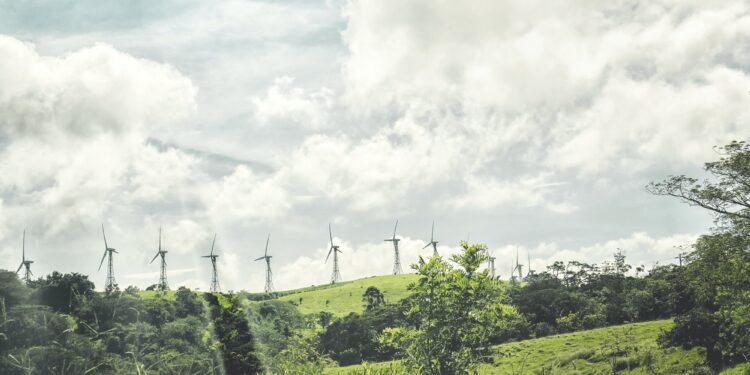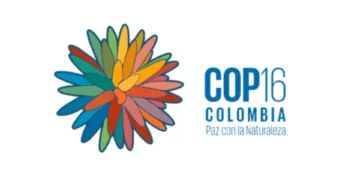The attempts of decarbonizing the Costa Rica economy have never been stronger driven by an aim of 100% of the country’s electricity produced from renewable sources by 2030.
Under the initiative “The 100% Renewable Energy Project” commissioned by World Future Council and La Ruta del Clima, the country has succeeded in generating electricity from almost 98% renewable sources.
Apart from hydropower, the country uses solar, biomass, wind, and geothermal to generate electricity contributing to clean energy. With 98% share of renewables in the electricity matrix, Costa Rica has achieved to be one of the countries with lowest carbon emission rates for the consumption of electricity.
With vast world species biodiversity, the clean energy generation has helped maintained Costa Rica’s balance between electricity supply and demand in the national interest of becoming carbon neutral.
The dams provide majority of the country’s electricity and subsequently protect the environment and help in the growth of the economy. Alongside, geothermal and biomass are utilized in the power and heating sectors. In 2019, Costa Rica launched the “Decarbonization Plan” in major sectors to achieve a emission-free and resilient economy. With a dynamically growing renewable energy market and increasing share of renewable electricity, the aim is to develop sustainable electricity supply sector.

















